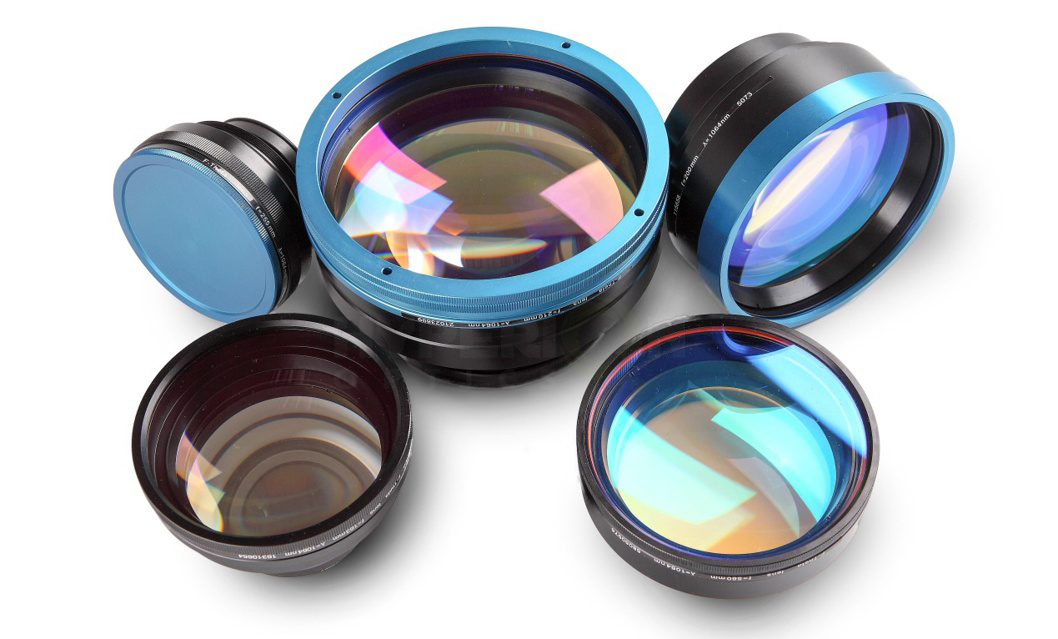
(C) to (E) Shapes of a 6-mm diameter lens taken at different applied voltages. The resulting electrostatic force lowers the solid/liquid interfacial tension and with that the contact angle and hence the focal distance of the lens. (B) When a voltage is applied, charges accumulate in the glass wall electrode and opposite charges collect near the solid/liquid interface in the conducting liquid. (A) Schematic cross section of the FluidFocus lens principle. For the former, a telecentric system with the focal point at the entrance pupil, the principal ray is parallel on the image side. A lens system that has its focal point at either the entrance pupil or the exit pupil is called a telecentric system. The new lens, which lends itself to high volume manufacturing, overcomes the fixed-focus disadvantages of many of today's low-cost imaging systems.įigure 1. Telecentric lens systems: when and where we need straight rays 1. Suited to a wide range of optical imaging applications, including such things as digital cameras, camera phones, endoscopes, home security systems and optical storage drives, Philips' FluidFocus system mimics the action of the human eye using a fluid lens that alters its focal length by changing its shape. Philips Research has developed a unique variable-focus lens system that has no mechanical moving parts.

It is well known that water and oil do not mix, and oil is also inexpensive and safe to use.
#INTRODUCTION TO THE SYSTEM LENS FREE#
The second liquid needs to encapsulate the water drop and to fill any free space or void. To generate a liquid lens, a mixture of two liquids is sandwiched between two pieces of clear plastics or glass. This desirable property makes water a very suitable candidate for the production of a liquid lens. Water forms naturally a bubble shape when adhered to materials such as glass or plastics. The focus of a liquid lens is controlled by the surface of the liquid. Liquid lens can be considered as "infinitely variables" lens with variable focus, and the focus is controlled without using any moving parts. The theory behind liquid lens is based on the properties of one or more fluids to create magnifications within a small amount of space.


 0 kommentar(er)
0 kommentar(er)
